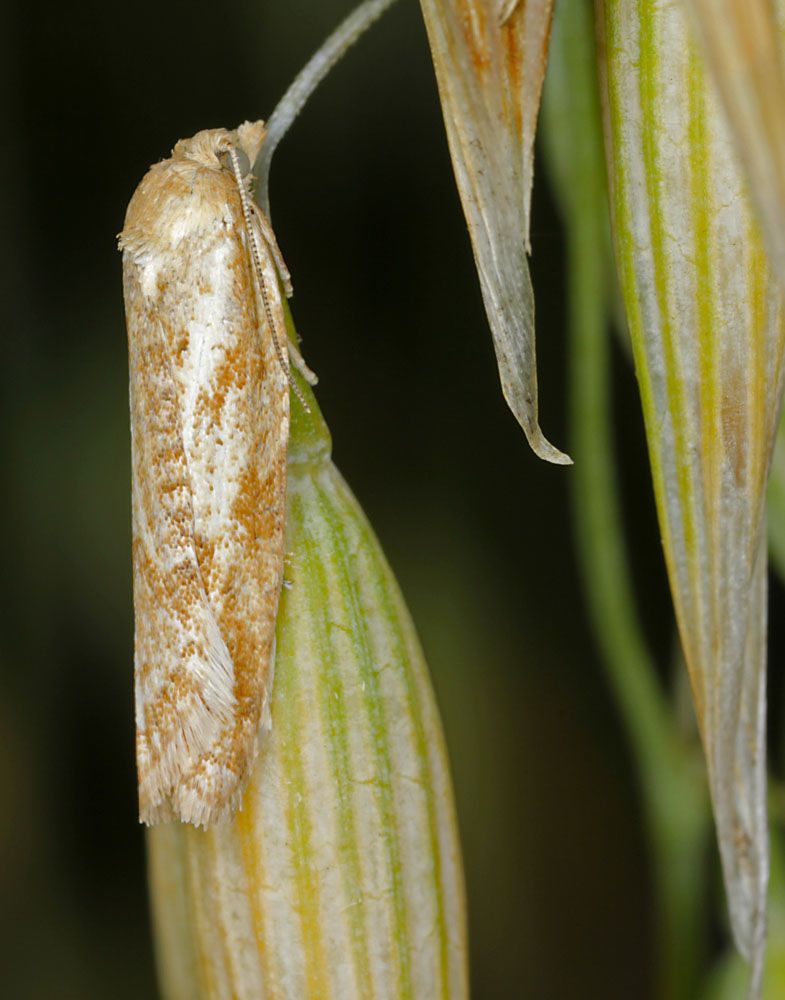
Omnivorous Leaftier – Cnephasia longana
Omnivorous Leaftier– Cnephasia longana
Common Name: Omnivorous Leaftier
Latin Name: Cnephasia longana
Appearance:
The Omnivorous Leaftier has a wingspan of approximately 15-20 mm. The wings are light brown with darker brown markings and have a distinctive white spot on each forewing.
- Egg:The eggs of the Omnivorous Leaftier are round and flattened and are laid singly on leaves.
- Pupae:This species’ pupae are brown and formed in silken cocoons.
- Larva:The larvae of the Omnivorous Leaftier are green with brownish-black head capsules. They are approximately 12-15 mm long and have a habit of folding leaves and binding them with silk to create a shelter.
- Adults:The adults of the Omnivorous Leaftier are moths with light brown wings that have darker brown markings. They have a wingspan of approximately 15-20 mm.
